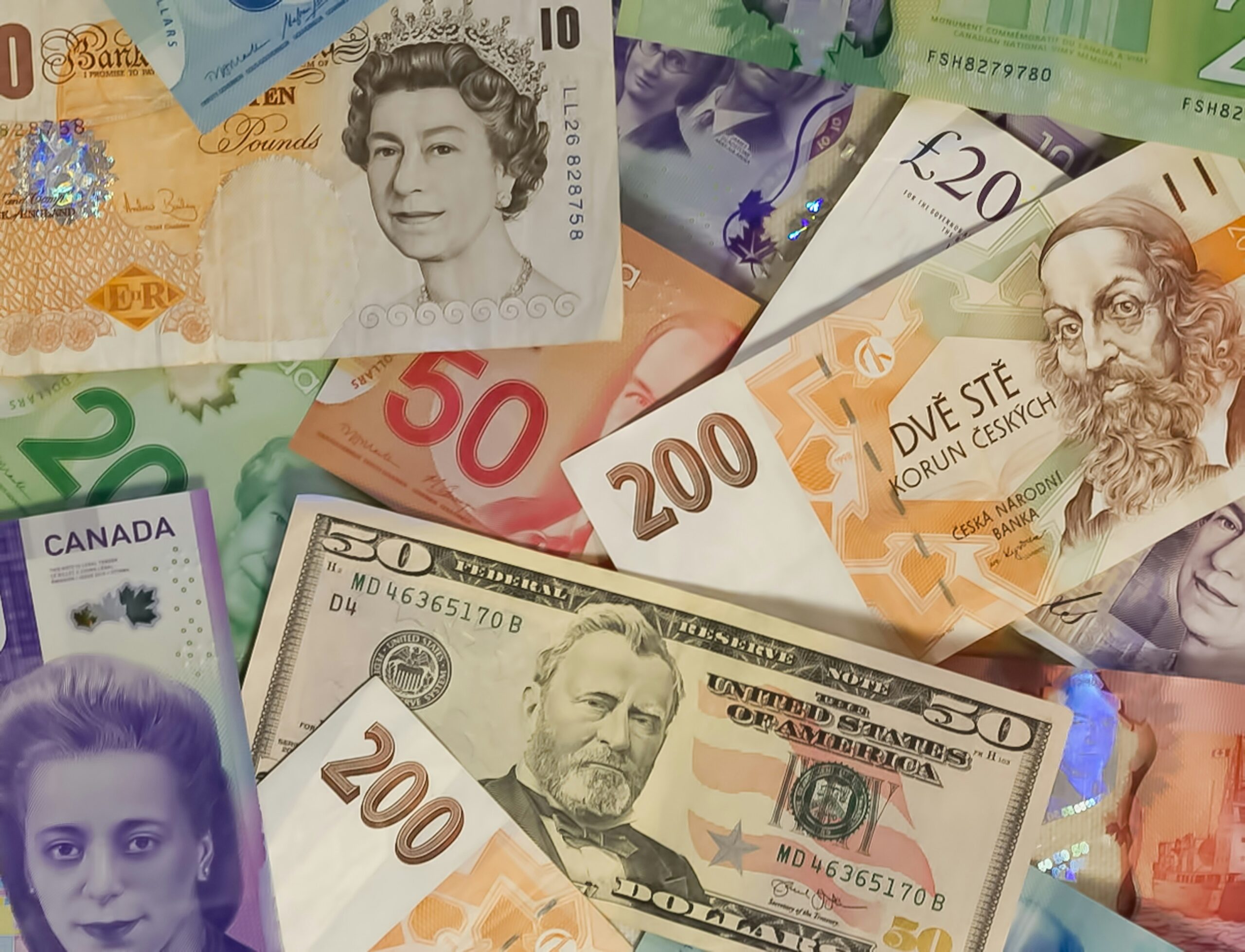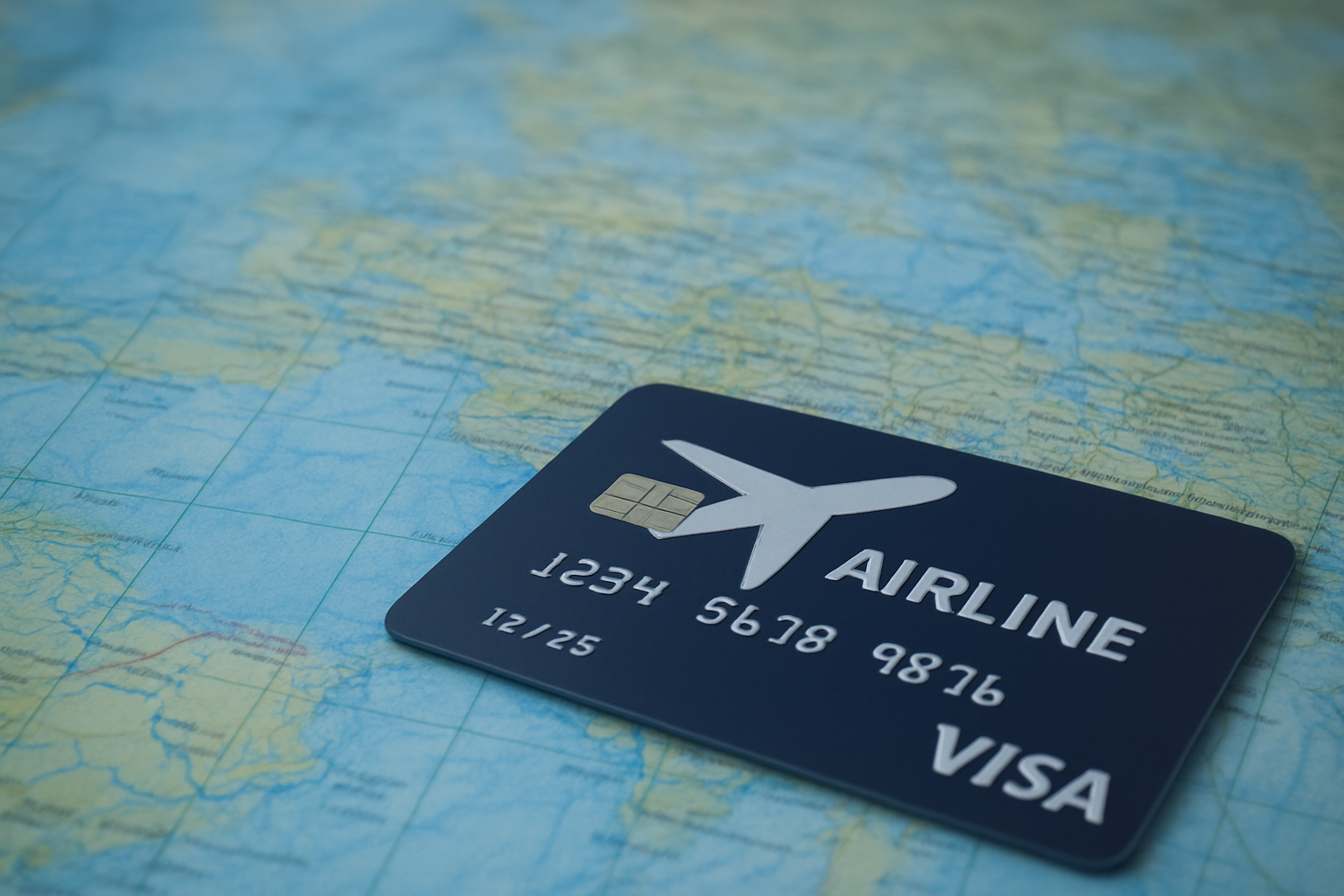Currency Management and Foreign Exchange: The Essential Guide for Modern Travelers
You’re standing at an ATM in Bangkok, watching $7 in fees disappear from your account for a $100 withdrawal. Sound familiar? If you’ve ever traveled internationally, you’ve likely experienced the sting of unexpected banking fees, confusing exchange rates, and the general mystery of managing money across borders.
Here’s the reality: currency management isn’t just about convenience—it’s about keeping more money in your pocket for the experiences that matter. Whether you’re backpacking through South America for three months or working remotely from a café in Georgia, understanding how international finance works can save you hundreds, sometimes thousands, of dollars annually.
This guide cuts through the complexity to show you exactly how to navigate foreign exchange, choose the right payment methods, and avoid the traps that cost travelers money every single day.
The Hidden Costs That Drain Your Travel Budget
Most travelers focus on flights, hotels, and activities when budgeting for trips. What they miss are the small, seemingly insignificant charges that accumulate over time. A 3% foreign transaction fee here, a $5 ATM charge there, and suddenly your $2,000 European adventure costs $2,200—without you buying a single extra souvenir.
Digital nomads face an even steeper challenge. When you’re living abroad for months at a time, these fees compound rapidly. Consider this: if you spend $3,000 monthly while living in different countries throughout the year, a 3% foreign transaction fee alone costs you over $1,000 annually.
The solution isn’t complicated, but it requires intentional planning before you leave home.
Mastering International Credit Cards: Your First Line of Defense
The foundation of smart currency management starts with choosing the right credit cards for international spending. Not all cards treat international transactions equally, and the differences can be dramatic.
For comprehensive reviews and current offers, check out our detailed analysis of the Best Credit Travel Cards of 2025. Here are the essential factors to consider:
Zero Foreign Transaction Fees: Non-Negotiable
Standard banks typically charge 2.5% to 3% on every international purchase. This means a €50 dinner in Rome costs you an additional $1.25 to $1.50 just in fees. Over a two-week trip, these charges easily add up to $50-100 or more.
Cards like the Chase Sapphire Preferred, Capital One Venture X, and various offerings from Revolut eliminate these fees entirely. The math is simple: if you spend $5,000 internationally per year, avoiding foreign transaction fees saves you $125-150 annually.

Reward Structures That Make Sense for Travelers
The best travel cards don’t just avoid fees—they actively reward your spending. Look for cards offering:
- Bonus categories for travel purchases: Many cards offer 2-5x points on flights, hotels, and rental cars
- Flexible redemption options: Points that transfer to airline and hotel partners typically offer better value than cash-back redemptions
- Sign-up bonuses: New cardholders often receive 50,000-100,000 bonus points after meeting spending requirements
Essential Travel Protections
Premium travel cards often include benefits that can save you thousands in emergency situations:
- Trip cancellation and interruption coverage: Reimburses non-refundable expenses if you need to cancel or cut short your trip
- Baggage delay and loss protection: Covers essential purchases if your luggage is delayed or lost
- Rental car insurance: Primary coverage can replace expensive rental company insurance
- Emergency medical coverage: Particularly valuable when traveling to countries with expensive healthcare
ATM Strategies: Getting Cash Without Getting Robbed
Despite our increasingly digital world, cash remains essential in many destinations. Street food vendors in Vietnam, local transportation in rural areas, and tips for service providers often require physical currency. The key is accessing cash efficiently without paying premium prices for the privilege.
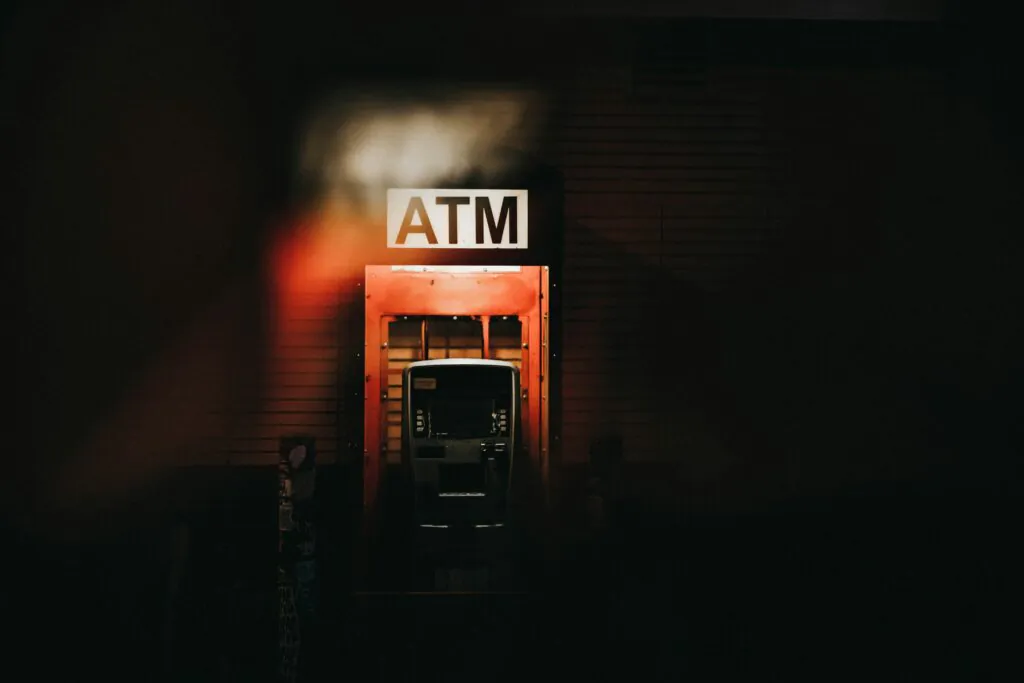
The Dynamic Currency Conversion Trap
When withdrawing cash abroad, ATMs and card readers often ask if you’d like to be charged in your home currency instead of the local currency. This feature, called Dynamic Currency Conversion (DCC), sounds convenient but typically costs you 3-7% in inflated exchange rates and fees.
Always choose to be charged in the local currency. Your bank or card issuer will handle the conversion at much better rates.
Strategic ATM Selection
Not all ATMs are created equal. Here’s how to choose wisely:
Best Options:
- Major bank ATMs (HSBC, Santander, local equivalents)
- ATMs within bank branches during business hours
- Machines connected to global networks like Cirrus, Plus, or Global ATM Alliance
Avoid:
- Standalone ATMs in tourist areas (often charge premium fees)
- ATMs in convenience stores or gas stations
- Currency exchange booths (worst rates available)
Fee-Reimbursing Accounts: Game Changers for Frequent Travelers
Several financial institutions specifically cater to international travelers:
- Charles Schwab High Yield Investor Checking: Reimburses all ATM fees worldwide, no monthly fees
- Fidelity Cash Management Account: Similar benefits to Schwab with no minimum balance requirements
- Wise (formerly TransferWise): Multi-currency debit card with excellent exchange rates and low fees
- Revolut: European fintech offering fee-free withdrawals up to certain monthly limits
The Cashback Strategy: Hidden in Plain Sight
One of the most overlooked methods for accessing cash abroad is requesting cashback during purchases. This strategy works particularly well in:
United States: Major retailers like Walmart, Target, CVS, and most grocery chains allow cashback up to $100-200 when you pay with a debit card. Simply request the amount at checkout—no additional fees.

United Kingdom: Supermarkets like Tesco, Sainsbury’s, and ASDA commonly offer cashback services. Many small shops also participate.
Australia and New Zealand: Coles, Woolworths, and most fuel stations provide cashback options with minimum purchase requirements.
Germany: Many supermarkets and drugstores offer cashback, though limits are typically lower (€50-100).
This method bypasses ATM fees entirely while providing the local currency you need.
Decoding Exchange Rates: Why You’re Not Getting What You Expected
The difference between the exchange rate you see online and what you actually receive when spending abroad confuses many travelers. Understanding this gap helps you make better financial decisions on the road.
The Real Rate vs. The Tourist Rate
When you check exchange rates on Google or XE.com, you’re seeing the interbank or mid-market rate—the rate banks use when trading large amounts of currency with each other. This is the “real” exchange rate, but it’s not what consumers typically receive.
The tourist rate includes a margin for profit, administrative costs, and sometimes pure exploitation of uninformed travelers. This markup varies dramatically:
- Credit cards with no foreign transaction fees: Usually 1-2% above the interbank rate
- Debit card ATM withdrawals: Typically 1-3% above the interbank rate
- Airport currency exchange: Often 5-10% above the interbank rate
- Hotel currency exchange: Frequently the worst option, sometimes 10-15% above the interbank rate
Why This Matters for Your Budget
Consider exchanging $1,000 for euros when the interbank rate is 1.10 (meaning $1 = €0.91):
- Interbank rate: You’d receive €909
- Good travel credit card: You’d receive approximately €900 (1% markup)
- Airport exchange: You’d receive approximately €833 (8% markup)
That’s a $67 difference for the same transaction, simply based on where and how you access your money.
Exchange Rate Timing Strategies
Currency values fluctuate constantly based on economic conditions, political events, and market sentiment. While you can’t predict these movements perfectly, you can be strategic:
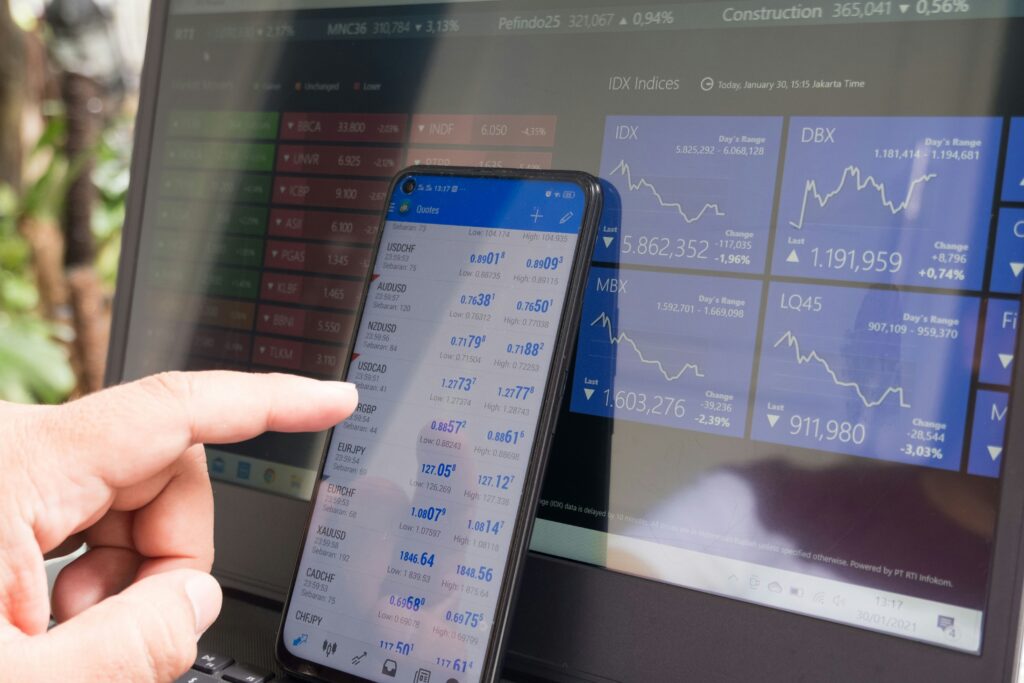
Monitor trends before travel: Apps like XE Currency, Currency Converter Plus, or simply Google’s currency tool let you track rates over weeks or months before your trip.
Consider timing large purchases: If you’re booking expensive accommodations or tours, small rate improvements can save significant money.
Don’t overthink short-term fluctuations: For typical vacation spending, the difference between today’s rate and next week’s rate won’t dramatically impact your budget.
Advanced Strategies for Seasoned Travelers
Multi-Currency Accounts: The Digital Nomad’s Secret Weapon
Services like Wise, Revolut, and similar fintech platforms allow you to hold multiple currencies simultaneously. Here’s how it works:
You can load your account with USD, convert portions to euros, British pounds, Japanese yen, or other currencies when exchange rates are favorable, then spend directly from those currency balances when traveling. This eliminates repeated conversion fees and lets you take advantage of rate fluctuations.
The Two-Card System
Never travel with just one payment method. Carry cards from different networks (Visa and Mastercard) and different banks. If one card is compromised, declined, or simply doesn’t work at a particular merchant, you’ll have immediate backup options.
Store backup cards separately from your primary wallet. Hotel room safes, hidden pockets in luggage, or even a separate small wallet can prevent a single theft from stranding you without access to funds.
Regional Payment Preferences
Different parts of the world have distinct payment preferences:
- Europe: Chip-and-PIN cards are standard; contactless payments are widely accepted
- Asia: Mobile payments (Alipay, WeChat Pay) dominate in China; cash is still king in many other countries
- Latin America: Cash remains important, especially for small vendors and rural areas
- United States: Credit cards are widely accepted, but some small businesses prefer cash or charge extra for card payments
Research your specific destinations before traveling to understand local payment customs and plan accordingly.
Technology Tools That Simplify Currency Management
Essential Apps for Rate Monitoring
- XE Currency: Real-time rates, historical charts, rate alerts
- Currency Converter Plus: Offline functionality, calculator features
- Revolut: Integrated with their banking services for seamless management
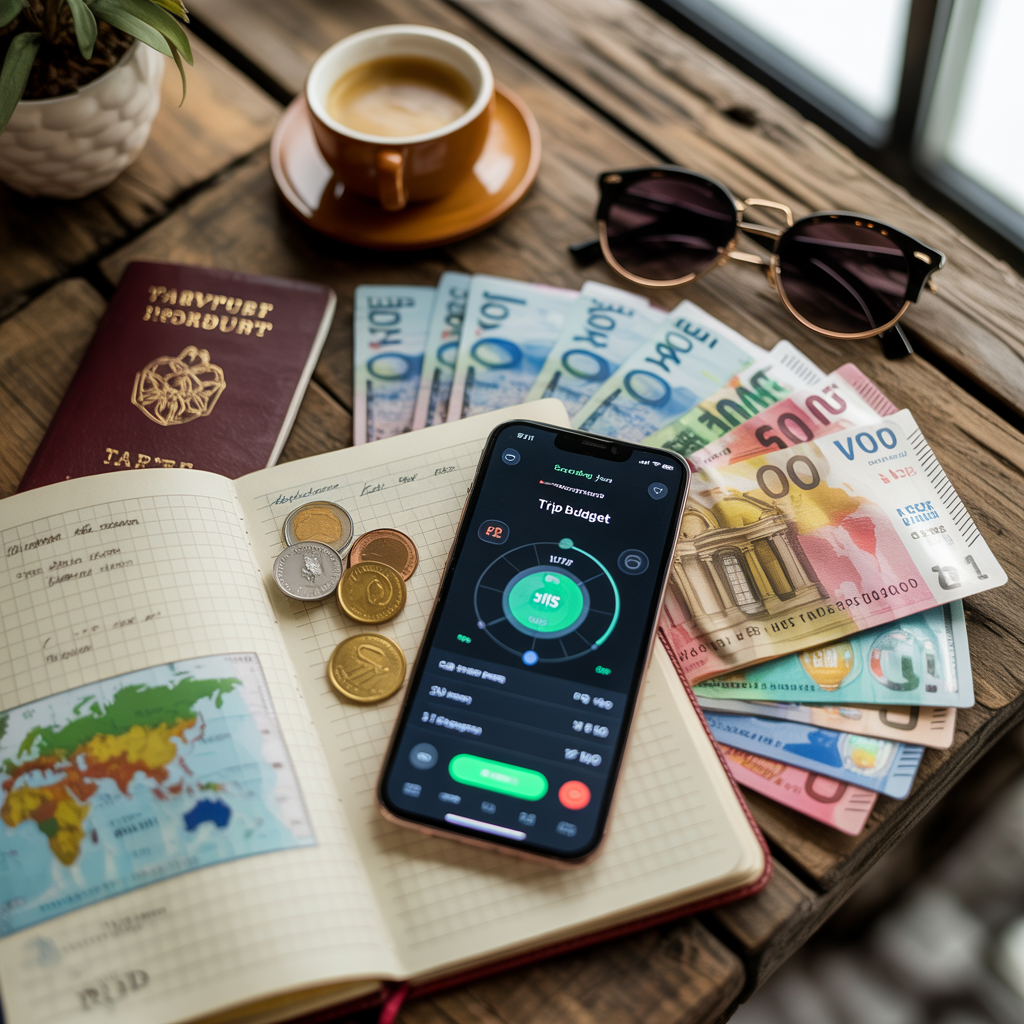
Expense Tracking for International Spending
- Trail Wallet: Designed specifically for travelers, handles multiple currencies automatically
- TravelSpend: Simple interface, good for budget-conscious travelers
- Splitwise: Excellent for group travel expense sharing
Related Post: The Best Apps to Track Travel Expenses (and Keep Your Budget on Point)
Banking Apps with International Features
Most major banks now offer mobile apps with international travel features:
- Travel notifications to prevent card blocks
- ATM locators for fee-free withdrawals
- Real-time transaction alerts in your home currency
- Temporary card locks if you suspect fraud
Common Mistakes That Cost Travelers Money
The “It’s Only a Few Dollars” Mentality
Small fees and poor exchange rates seem insignificant individually, but they compound quickly. A $5 ATM fee might not seem worth worrying about, but if you’re withdrawing cash weekly during a month-long trip, that’s $20 just in ATM fees—not including the poor exchange rates you might have received.
Last-Minute Currency Planning
Waiting until you arrive at your destination to think about money management almost guarantees you’ll pay premium prices for currency exchange, accept unfavorable credit card terms, or find yourself without access to cash when you need it.
Ignoring Credit Card Rewards Potential
If you’re going to spend money internationally anyway, you might as well earn rewards for that spending. Travelers who don’t optimize their card choices miss opportunities for free flights, hotel stays, or cash back that could fund future adventures.
Over-Relying on Cash or Cards
Both cash and cards have advantages in different situations. Carrying only cash makes you vulnerable to theft and limits your purchasing power. Relying solely on cards can leave you stranded in cash-only establishments or during technical issues.
Putting It All Together: Your Pre-Trip Currency Checklist

Six Weeks Before Travel:
- Research your destination’s payment preferences and typical costs
- Compare travel credit cards and apply if needed (allow time for approval and card delivery)
- Set up accounts with fee-reimbursing banks or fintech services
Two Weeks Before Travel:
- Notify banks and credit card companies of travel dates and destinations
- Download currency and expense tracking apps
- Research fee-free ATM locations at your destination
One Week Before Travel:
- Withdraw a small amount of destination currency from your local bank (for immediate expenses upon arrival)
- Ensure you have backup payment methods from different providers
- Load multi-currency accounts if you use them
Upon Arrival:
- Locate convenient, fee-friendly ATMs near your accommodation
- Test your cards at local merchants to ensure they work properly
- Set up any mobile payment apps that are popular locally
The Bottom Line: Travel Smarter, Not Harder
Currency management doesn’t have to be complicated, but it does require some upfront planning. The travelers who save the most money abroad aren’t necessarily the ones with the biggest budgets—they’re the ones who understand how international finance works and make intentional choices about how they access and spend money.
The strategies outlined in this guide can easily save you $500-1,000 annually if you travel frequently, or $100-200 on a typical international vacation. More importantly, they eliminate the stress and confusion that comes with managing money in foreign countries, letting you focus on the experiences that make travel worthwhile.
Whether you’re planning a weekend in Montreal, a month in Southeast Asia, or a year of remote work around the world, these principles remain the same: choose the right tools, understand the costs, and always have a backup plan. Your future self (and your bank account) will thank you.
Bookmark this guide and keep it handy whenever you plan your next adventure—it’s your go-to resource for smarter currency management and stress-free travel.
